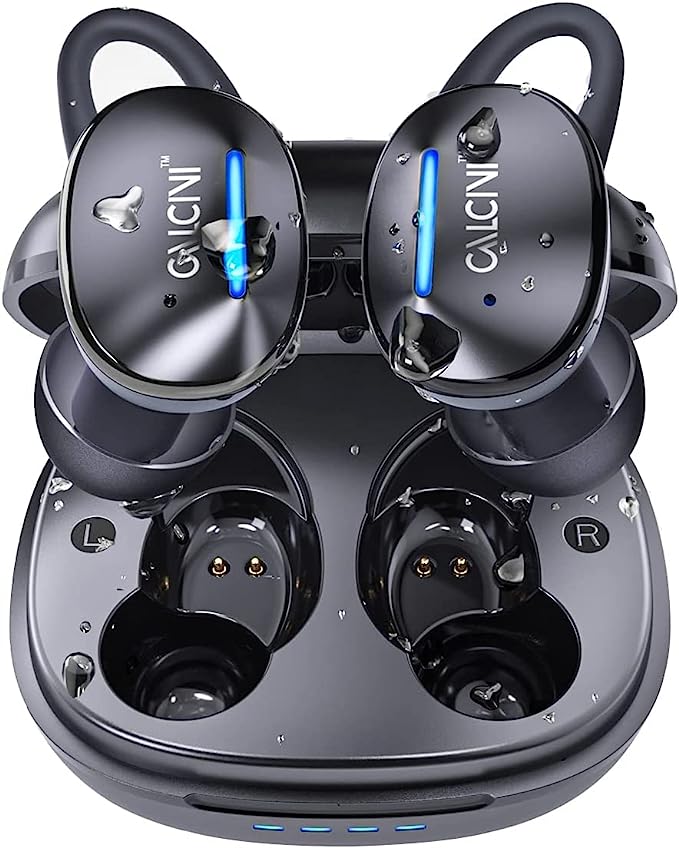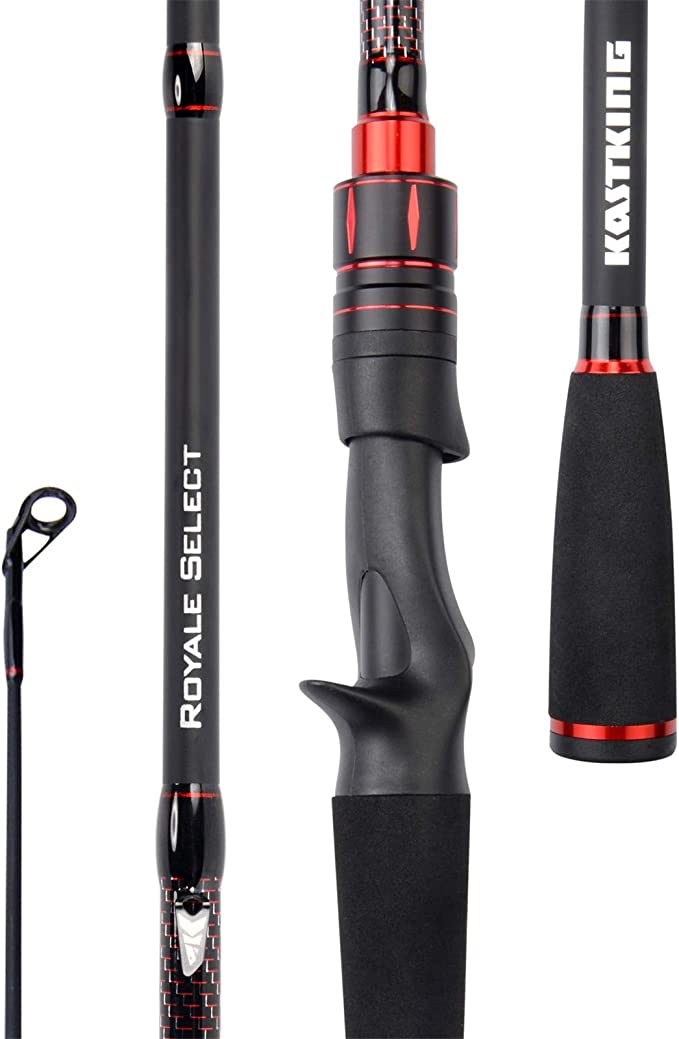KIKILIVE Inflatable Camping Tent: Revolutionizing Outdoor Living with Effortless Setup and Spacious Comfort
Update on June 13, 2025, 5:07 p.m.
It was one of the most brilliant deceptions of World War II. On the fields of France, Allied forces amassed a formidable army of tanks and artillery, convincing German reconnaissance of an imminent, massive assault. But many of these war machines were elaborate fakes, crafted from rubber and filled with nothing more than air. The U.S. 23rd Headquarters Special Troops, a unit of artists and engineers known as the “Ghost Army,” wielded pressurized air as a weapon of illusion. It’s a fascinating piece of military history, but it begs an even more intriguing question: How did this technology, born from the art of deception, evolve into a vessel of profound comfort, leading to the very shelter I now have packed in my car—the KIKILIVE Inflatable Camping Tent?
The answer lies in a journey from military expediency to civilian convenience, a story of taming the immense power of simple air pressure. And to understand it, you have to witness the transformation firsthand.
Unzipping the storage bag reveals a dense, heavy bundle of fabric. At 23.07 kilograms (about 50.8 pounds), it has a reassuring heft. This isn’t a flimsy weekend toy; it’s the weight of a promise for a substantial, four-season home. There are no color-coded poles, no confusing diagrams to decipher in the fading light. There is only the tent, a hand pump, and the potential for a revolution in how you set up camp.

The Anatomy of an Air-Boned Shelter
Connecting the pump and beginning to inflate the tent feels less like construction and more like resurrection. With each of the recommended 65 pumps, you’re not just pushing air; you’re breathing life into a dormant skeleton. Limp, fabric channels swell, tighten, and rise from the ground, forming a network of massive, 15-centimeter diameter arches. In about ten minutes, what was a pile of cloth becomes a proud, domed structure.
This is not magic; it’s physics, specifically Pascal’s Law, which states that pressure applied to an enclosed fluid is transmitted undiminished to every portion of the fluid and the walls of the containing vessel. Each pump stroke increases the density of air molecules inside the sealed beams, creating immense internal pressure that pushes outwards, transforming the flexible material into a rigid, load-bearing frame. Think of these as “air bones”—a structural system that offers a key advantage over traditional metal or fiberglass poles: resilience. While a rigid pole under extreme wind might bend or snap, an air beam has the engineered ability to flex and return to its original shape. It yields without breaking.
This robust skeleton is wrapped in a skin of 420D Oxford cloth. Touching it, you feel a thick, textured weave. The “D” stands for Denier, a measure of fiber thickness, and 420 is a sweet spot between rugged durability and manageable weight. It’s a fabric with a pedigree, built to resist the scrapes and scuffs of the outdoors.
But its real genius is revealed when the sky turns grey. As the first drops of rain tap against the roof, you see them bead up and roll away, denied purchase. This is the work of a Polyurethane (PU) coating, an invisible shield bonded to the fabric. This tent boasts a 5000mm waterproof rating, a number derived from a standardized Hydrostatic Head Test. Imagine a vertical tube placed on the fabric; you could fill that tube with water to a height of five meters before the pressure would force a single drop through the material. It’s a level of protection that shrugs off torrential downpours with ease. To complete this waterproof cocoon, the entire floor is a seamless sheet of heavy-duty PVC, acting like the hull of a boat to block any moisture seeping up from the damp ground.

The Micro-Ecosystem Within
Stepping inside the KIKILIVE tent is to enter a self-contained world. The first thing you notice is the light. A large, PVC transparent door and a skylight flood the interior with a soft, natural glow, dissolving the boundary between inside and out. It’s a feature that elevates the experience from merely sheltering to truly dwelling in nature. There is a scientific trade-off, however. On a bright, sunny day, this same transparency can create a mild greenhouse effect, trapping heat. This is where the tent’s role as a living, breathing ecosystem comes into play. Large mesh windows allow for cross-ventilation, enabling you to manage the internal temperature and, crucially, prevent condensation—the bane of all campers. By allowing warm, moist air from your breath to escape while fresh air circulates, the tent avoids that dreaded feeling of waking up to a damp interior.
For the adventurous who camp across all four seasons, the inclusion of a tent stove jack is a game-changer. This small, heat-resistant port in the wall is an invitation to bring warmth and a crackling hearth into your portable home. It’s a feature that demands respect for the science of combustion. Any fire consumes oxygen and produces carbon monoxide, so using a stove necessitates constant, adequate ventilation to ensure safety. The chimney opening is not just a hole; it’s a component in a carefully managed system of airflow.

The Liberation of Convenience
As I deflate the tent, watching the mighty air bones relax back into soft fabric in mere minutes, a thought occurs. Does this profound convenience, this circumvention of the traditional struggle of setup, diminish the outdoor experience? Does it make things too easy?
I don’t think so. Technology like this doesn’t eliminate challenge; it allows us to choose our challenges. It liberates us from a frustrating wrestling match with poles and empowers us to spend that reclaimed time and energy on a longer hike, on teaching a child to skip stones, or on simply sitting still and watching the sunset. It re-focuses the adventure on the why of camping, not the how.

The KIKILIVE tent, and others like it, represent more than just hot air. They are the descendants of a clever military tactic, now repurposed to serve peace and recreation. They are marvels of material science and physics, designed to create a resilient, reliable, and remarkably comfortable space. By making shelter so effortless, they blur the line between the wilderness outside and the home within, inviting us to truly live in nature. And perhaps, as our homes become this portable and instantaneous, our very definition of what it means to be “at home” in the world will expand as well.







































